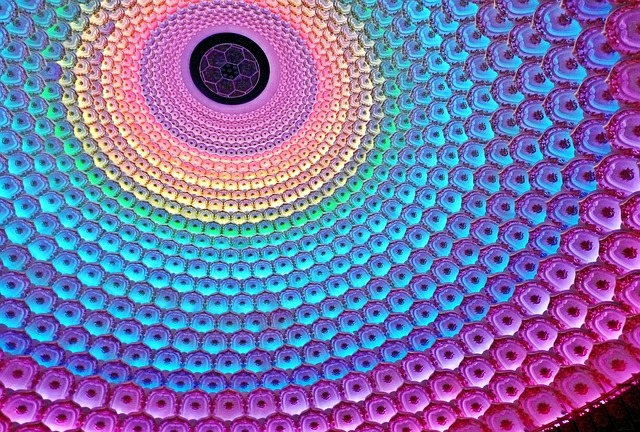Sustainability at the Living Rainforest
Sustainability at the Living Rainforest

Our Human Impact Building opened in 2006 incorporating sustainable materials, low embodied energy, passive ventilation, passive solar gain and a small photovoltaic solar array.
Passive solar gain was achieved by using building materials that absorb the sun’s heat energy and slowly release this into the building. To maximise this effect, the building is oriented so that its longest wall faces south, with the north-facing wall being internal. This allows the building to absorb solar energy for the longest possible period during the day and reduces heat loss.
Floor to ceiling glazing along the south-facing wall has also been incorporated into the Human Impact Building, thereby increasing solar gain. Over this, a canopy shades out unwanted sun in summer.
Solar (photovoltaic) cells cover the glass section of this roof canopy and help power the building, resulting in local generation of 11,700 kWh’s of electricity since the project began, thereby reducing mains electricity use and related CO2 emissions.
The project involved the demolition and replacement of existing glasshouses which were in very poor condition, replacing them with a new building and systems to create spaces and exhibitions for exploring humanity’s impact on ecosystems and the planet.
Other sustainability features include;
• The glass from the demolished glasshouses has been recycled,
• The bricks from the demolished glasshouses have been cleaned and re-used in the new building,
• The main structural frame is constructed using timber from sustainable sources,
• The roof structure uses composite timber lattice beams and is covered with a natural rubber membrane,
• The external walls are constructed from and clad with timber,
• The timber suspended floor minimises the use of concrete
• The new building is naturally and not mechanically ventilated,
• The new building is insulated with recycled newspaper,
• Lime mortar in the walls includes recycled glass aggregate,
• The blockwork used is made from recycled glass aggregate
• The paving slabs used are made from recycled aggregates,
• The main source of heating has been converted from oil to woodchip,
The new building gave us an opportunity to transform our operations, making them more sustainable and allowing us to draw the attention of visitors to the environmental challenges facing society.
